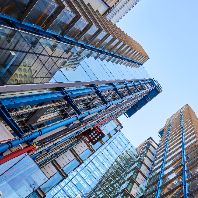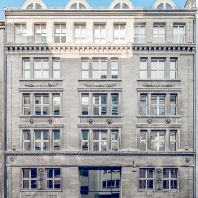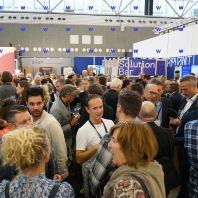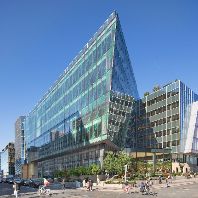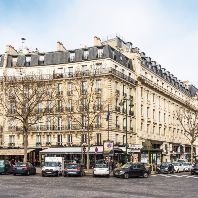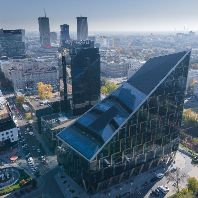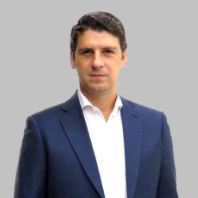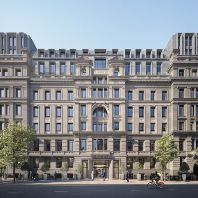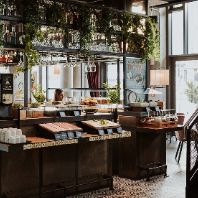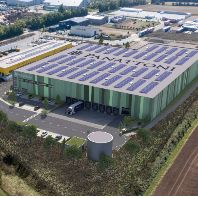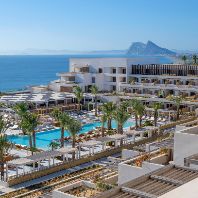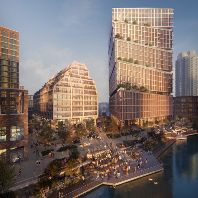Architecture firm Woods Bagot and multi-disciplinary engineering consultancy Buro Happold have announced a test design for an 82-story tower that aims to achieve zero carbon emissions. The model for an energy efficient, large-scale development "goes beyond reducing the impact of new development to creating buildings that contribute to the healing of compromised human and ecological systems".
The 450,000 m², 82-story tower features office and hotel space. The building will produce more energy than it consumes, process its own waste and release cleaner air than it takes in.
The design team explained that a 'holistic resource system' made up from photovoltaics, solar thermal panels, absorption chillers, a biogas fuel cell and an anaerobic waste digester in a closed-loop system is designed to improve the building's operational performance while also minimizing waste production and consumption of resources.
Ross Donaldson, Global Executive Chairman and CEO of Woods Bagot, said that increasing the sustainability of buildings was key to turning the tide on climate change. "The ZERO-E pilot project confirms that using the expertise and tools available to us today far greater advances in building performancethose that comprise zero emissions designare currently within the industry's capabilities."
Gavin Thompson, Buro Happold's Managing Director, described the "urgent steps" needed to change planning, design and construction of the built environment in order to address climate change.
"ZERO-E demonstrates the power of combining our significant expertise, blurring the boundaries between architect and engineer and represents a watershed moment for our industry," he said.
The pilot scheme also seeks to create "socially and economically thriving communities" that:
- Produce zero emissions
- Create more energy than they require on an annual basis
- Process their own waste and release only beneficial output
- Release cleaner air than they take in
- Heal compromised sites and ecosystems
- Restore natural habitat
- Reconnect humans and nature
- Increase occupant health
- Build financial value with ecological value
- Exhibit material integrity
- Delight and beautify their surroundings
- Supply 100% of their water needs using collection and closed loops
Source: Australian Design Review


